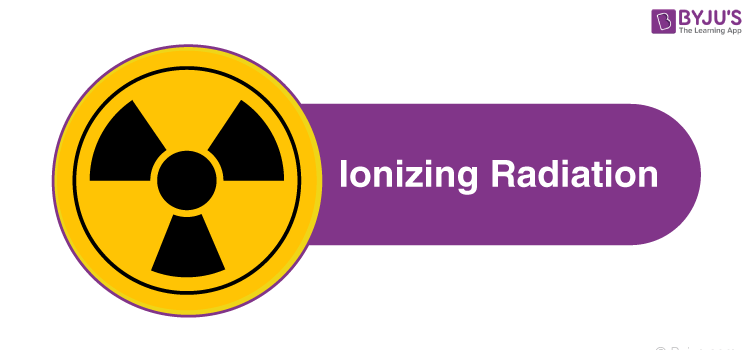
Ionizing radiation, also known as radioactivity, is electromagnetic radiation that contains some amount of energy in them which is sufficient to overcome the binding energy that keeps the electrons bound to the atom or molecule. In this short piece of article, let us discuss more in-depth about ionizing radiation along with the difference between ionizing and non-ionizing radiation.
What is ionizing radiation?
Ionizing radiation is typical energy that is released by atoms that would travel in the form of electromagnetic waves like X- rays and gamma ones or alpha, neutrons, or beta particles. As radioactivity is nothing other than the spontaneous splitting of atoms, ionizing radiation would be the energy excess emitted in its due course. From this activity, radionuclides are formed which are the unstable elements that would split and spread the ionizing radiation. Most radionuclides are easily identified by the radiation type they emit, the energy of radiation, and also the half-life of it.
Becquerel – Unit of Radioactivity
The unit activity measured for the present radionuclides is called becquerel (Bq) where one becquerel is no other than one disintegration per second. Regarding half-life, it is the time required for a radionuclide activity to reduce by decaying to half of its value at the initial stage. This would mean it would take at least one-half of the atoms to disperse time as the half-life of a radioactive element. This would have a range from a mere fraction second to a time frame of millions of years (For instance carbon 14 would have a half-life of around 5730 years and Iodine-131 would have a half-life of 8 days).
Types of Ionizing Radiation Exposure
The radiation exposure could either be external or internal and it could have an impact only through exposure pathways of different types.
Internal Exposure:
Internal Exposure to ionizing radiation happens when you inhale a radionuclide or it gets ingested to your system or enters your bloodstream directly. It could be eradicated from the body using treatment or much faster(through excretory ducts) by eliminating the radionuclide from the body.
External Exposure
External Exposure happens when the radioactive material bought through air gets deposited on clothes or your skin. To remove this mere washing would be more than sufficient to get rid of the radiation deposited on your body.
Examples of Ionizing Radiation
A few of the examples of the natural ionizing radiation are:
- Metal mining and smelting
- Zirconium
- Cosmic rays from the sun and other stars
- Radioactive rocks, soil, and minerals
A few of the examples of man-made ionizing radiation are:
- Nuclear Reactors
- Medical testing equipment such as x-rays, radiotherapy, and tomography
Although ionizing radiation doesn’t produce heat, it still affects and damages the body. It is extremely harmful and cancer, heart issues, and brain damage.
Related Articles:
| Radiation | Types Of Radiation |
| Radiation Detector | Effects Of Radiation |
Stay tuned with BYJU’S to learn more about radiation, x-ray, and many more.
Watch the video and understand the relationship between frequency and wavelength.


Comments